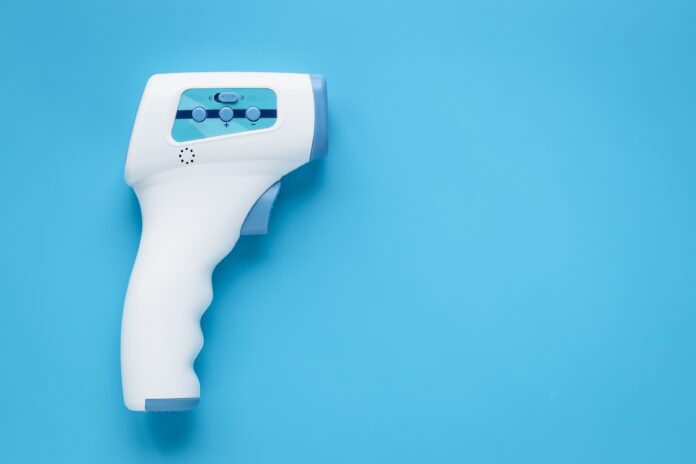According to researchers at Emory University and the University of Hawaii, forehead thermometers may not accurately detect fevers in Black patients. Forehead thermometers detection in fevers in Black patients was 26% lower than oral thermometers. Although the difference was slight, researchers noted that fevers could slip through the radar if the number remains low.
“If fevers are going undetected, then alerts are not being activated,” said Dr. Sivasubramanium Bhavani, lead author of the study and an assistant professor at Emory. “The differences in detection of fevers could lead to delays in antibiotics and medical care for Black patients.”
Researchers worry that the difference could lead to an increased death rate in Black patients. In a sample study, oral and forehead temperatures were taken in 2,031 Black and 2,344 white patients. Each reading was taken within an hour of each other on the patient’s first day in the hospital. White patients’ temperatures didn’t vary significantly like Black patients.
Why are the reading differences happening? There could be two reasons. Forehead thermometers measure temperatures through infrared radiation. Unfortunately, skin pigmentation could affect its ability to emit light, radiation, or heat. This concept is known as skin emissivity. However, the National Institutes of Health published a study that did not find significant variance in skin emissivity between skin tones. The second reason was less complex. There is a possibility that the temperatures aren’t scanned correctly while using the forehead thermometers.






